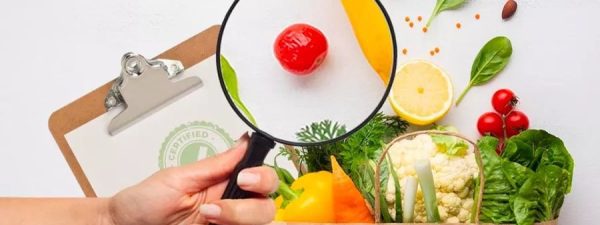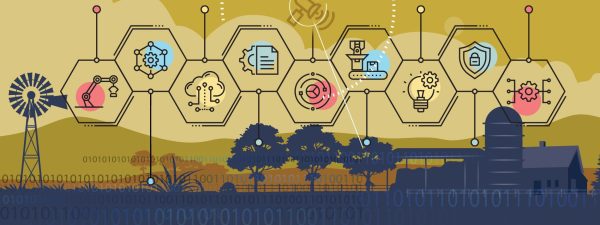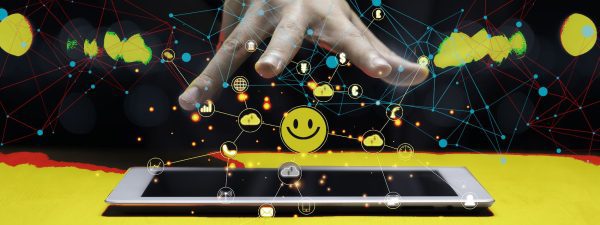The Internet of Things (IoT) has made it possible for all of us to have access to information on everything, including the food that we eat. As more of us are becoming more health-conscious–especially after the pandemic hit–food producers must be able to ensure that their offerings are as “healthy” as they claim. After all, health and wellness have been an important factor for choosing the food they buy and eat.
Aging populations and better access to information have also contributed to a more health-conscious consumer base. According to GlobalData’s 2021 Q1 global consumer survey, health concerns account for 57% of consumer purchasing decisions. Buyers have now shifted towards food items that are ‘natural’, ‘plant-based’, ‘immunity-boosting’, ‘anti-inflammatory’, and ‘antibacterial’, among others.
Smarter producers lead to smarter consumers
Shoppers browsing in supermarkets are already using their phones or other devices to review or assess the items they browse. One way IoT can innovate health and wellness is by pulling data on the ingredients of the items. This way, the health labels on packaging will no longer be the only information consumers can acquire. Attempts at misleading buyers will fail. Companies must therefore ensure that their products are genuinely made with healthy ingredients, or they will be considered deceptive.
Another IoT use case will allow consumers to log their health goals on an app and be notified when they are about to purchase an unhealthy food item. This would minimize impulse buying and present new marketing challenges to food manufacturers.
Ensuring legitimacy
IoT will also allow producers to monitor their entire value chain. Companies will be able to legitimize claims on their products as ‘natural’ or ‘unprocessed’. For example, food company Barilla has added QR codes to its products that provide information about the product’s entire journey from farm to shelf upon scanning.
As more companies adopt this approach, buyers will have a heightened sense of awareness on the products they consume–resulting in an increasingly demanding and knowledgeable consumer base. Hiding excessive quantities of sugar, fats, salt, flavorings, and sweeteners with health-positive labeling will no longer be considered legitimate. Companies must back up their health claims with scientific evidence and supply chain transparency. IoT can be an opportunity for companies with genuinely healthy products, so long as they install infrastructure that allows them to legitimize their claims to consumers.
As the emphasis on health and wellness continues in years to come, companies must be able to keep up with the demand to produce and provide healthier fare across the board. Technology such as IoT would be able to help shoppers not just keep tabs of their health goals through exercise, but in consuming healthier diets, too.




